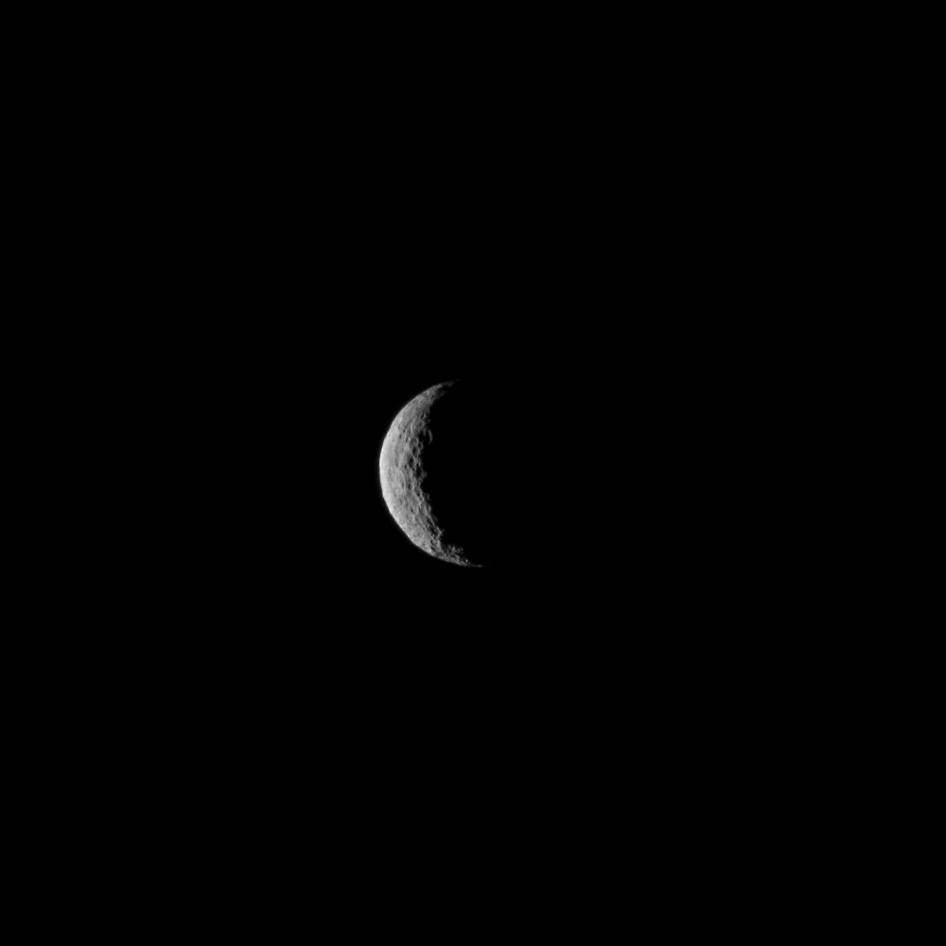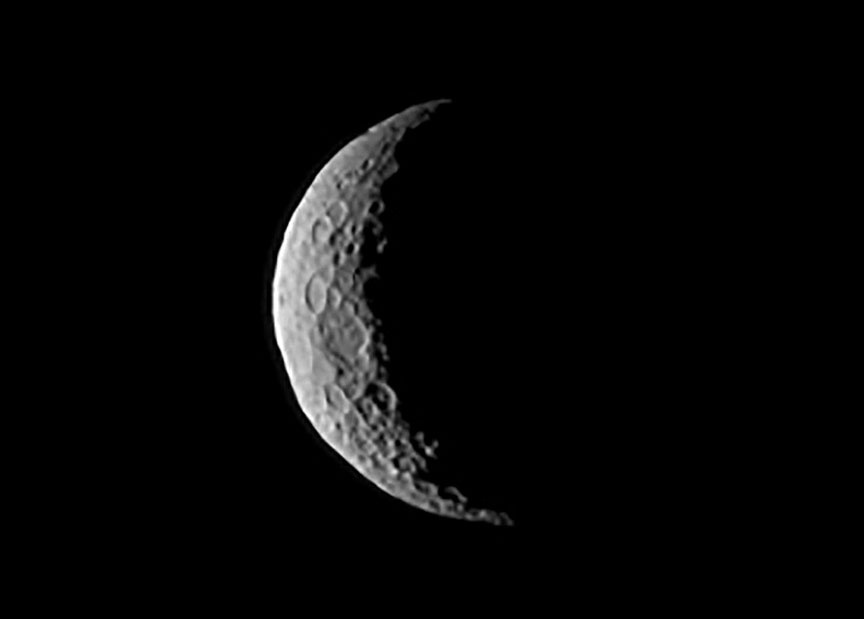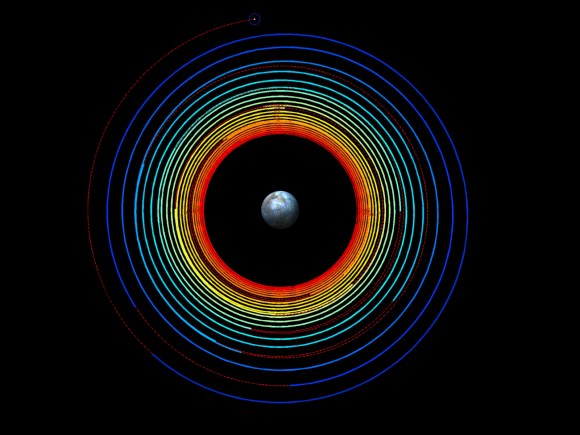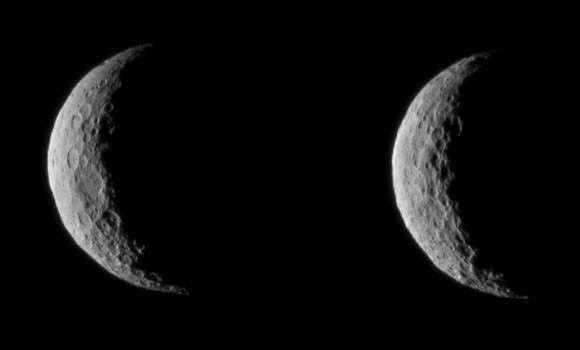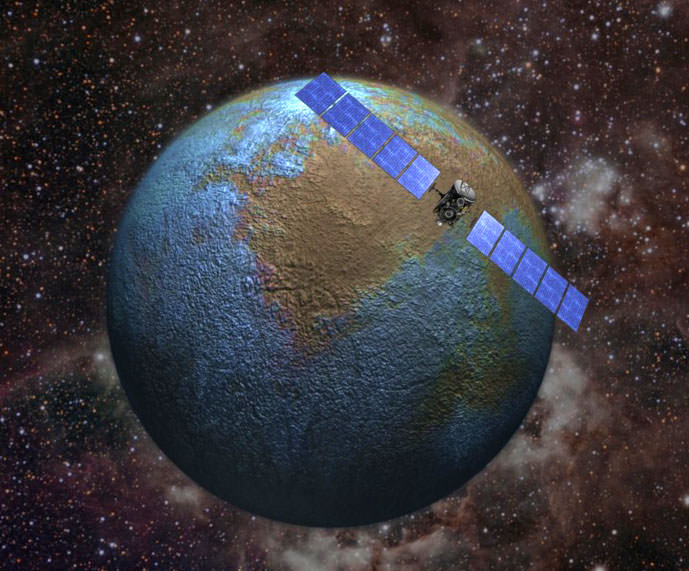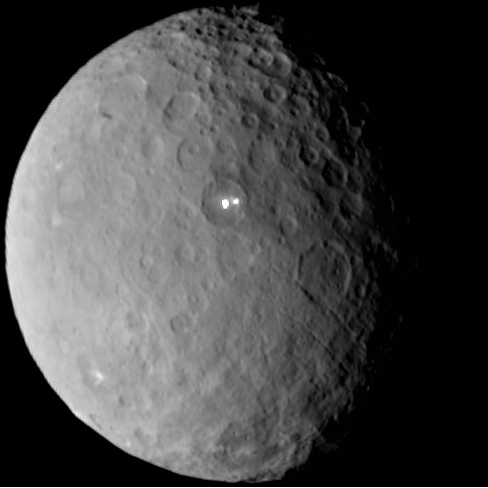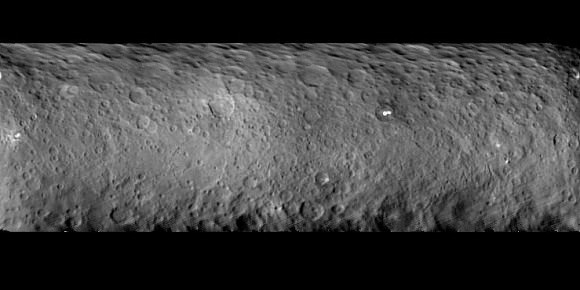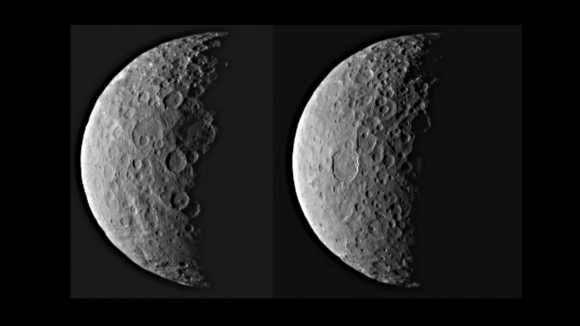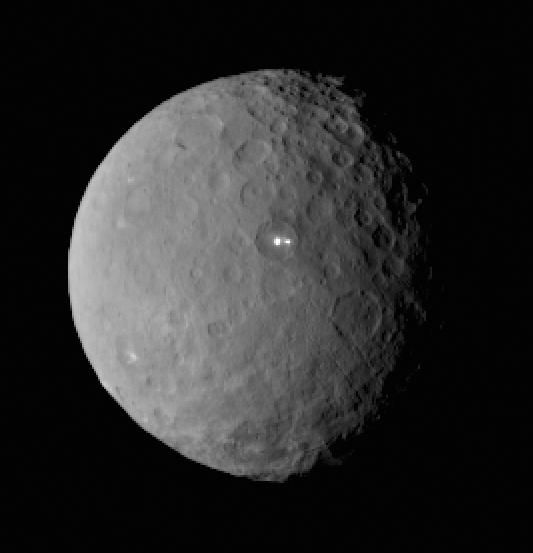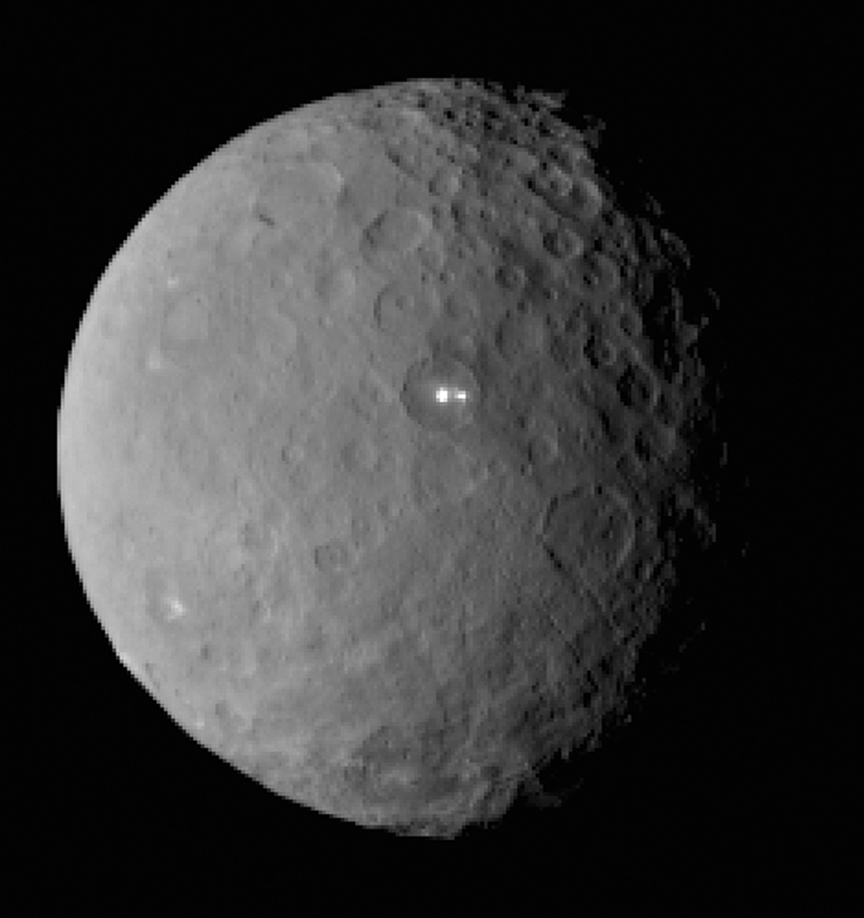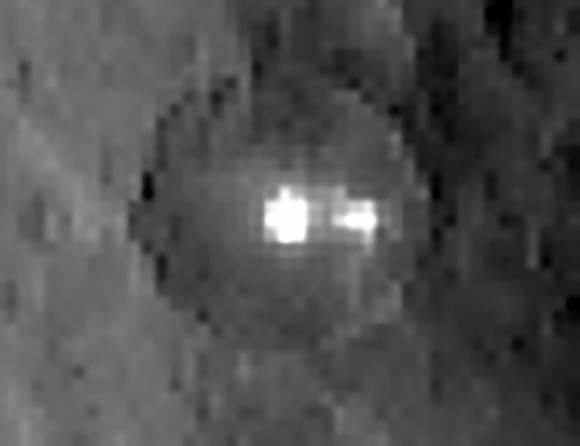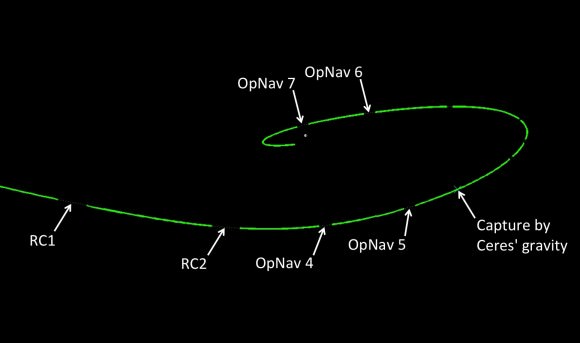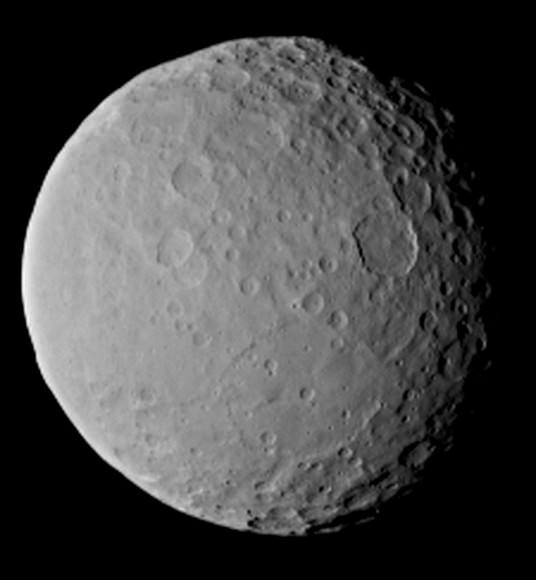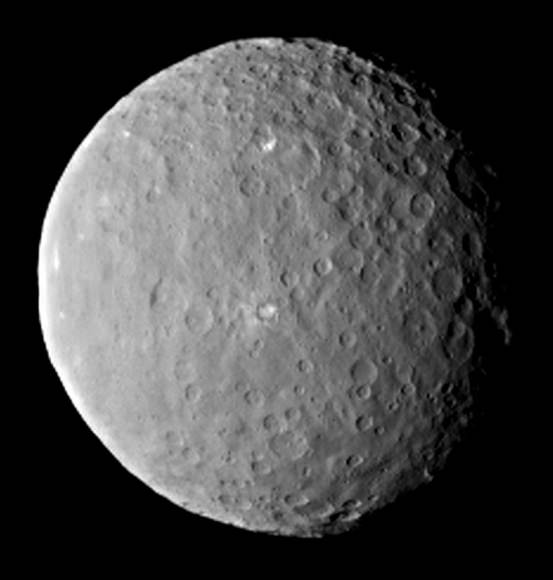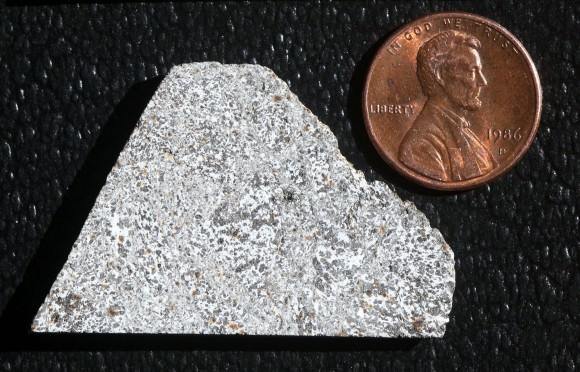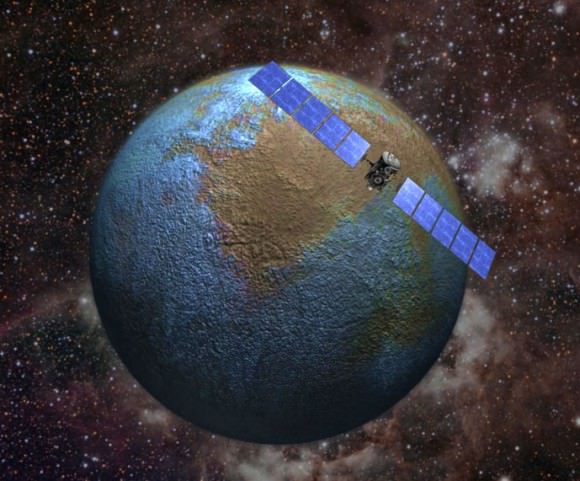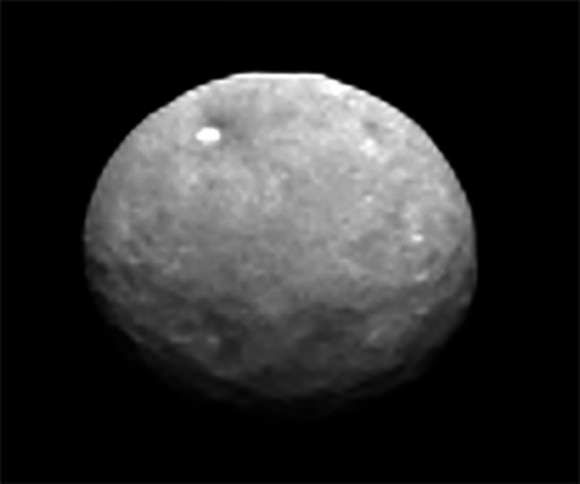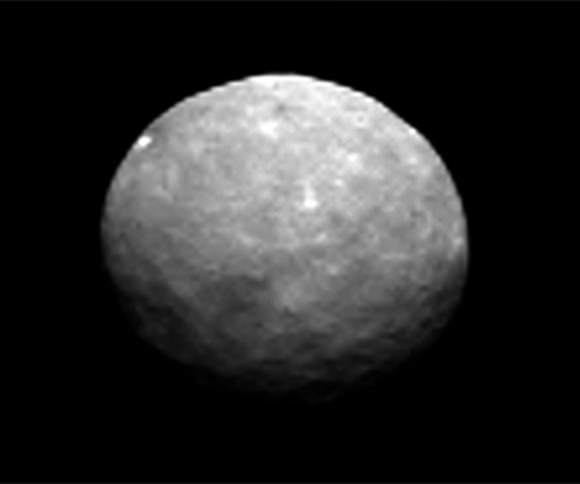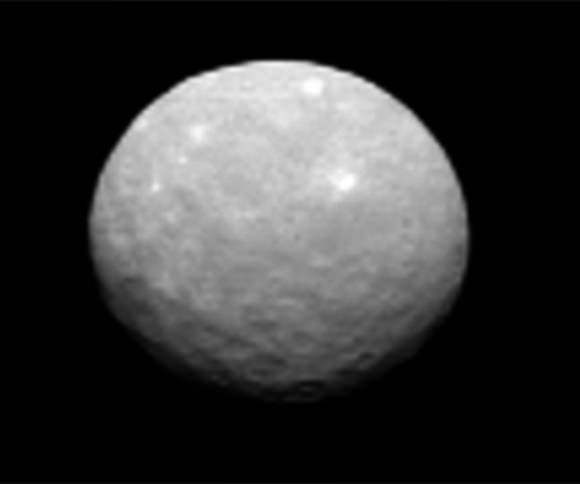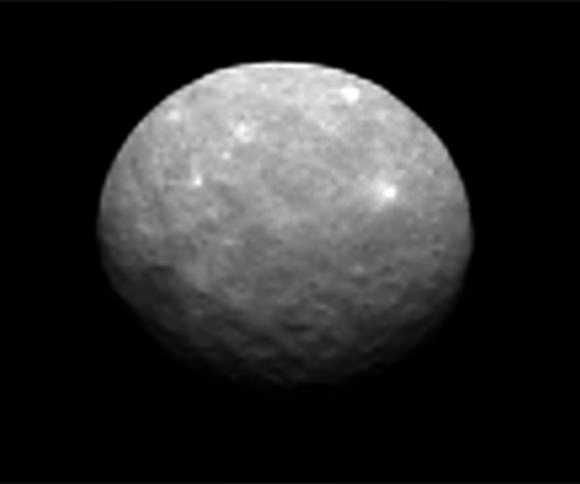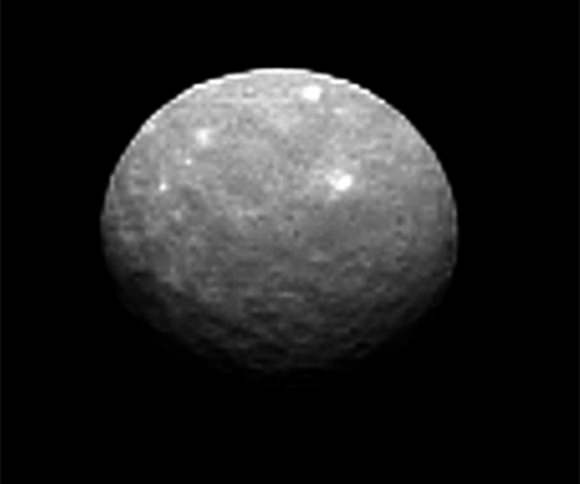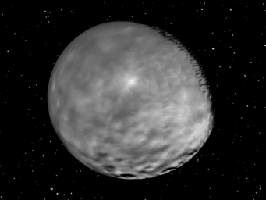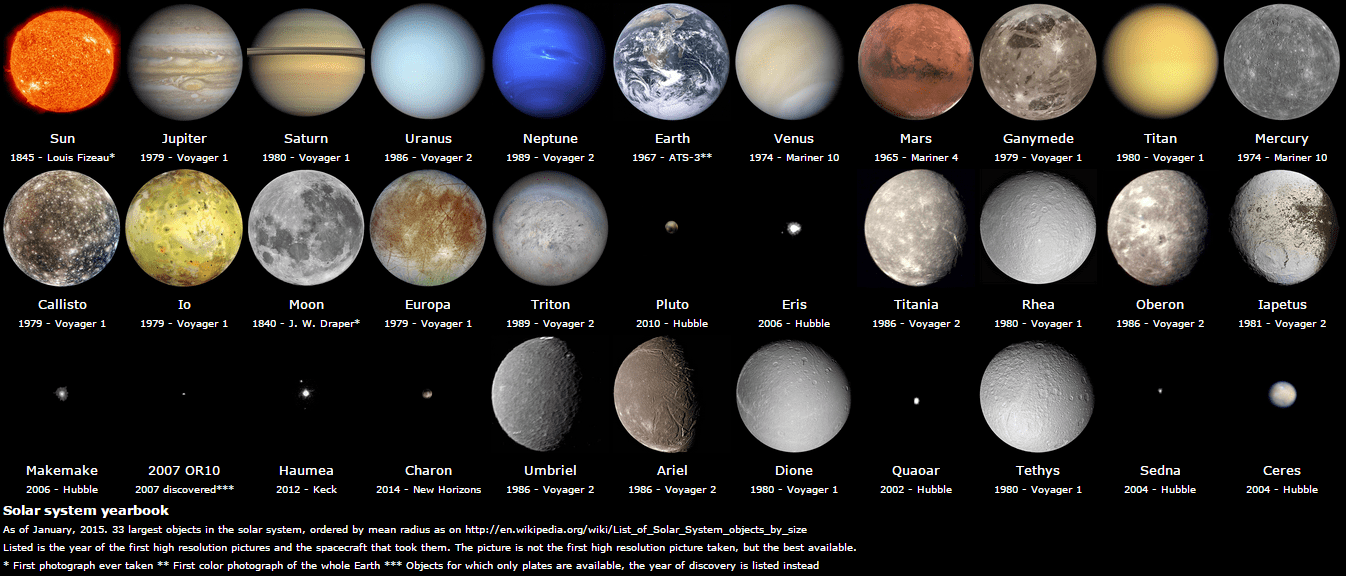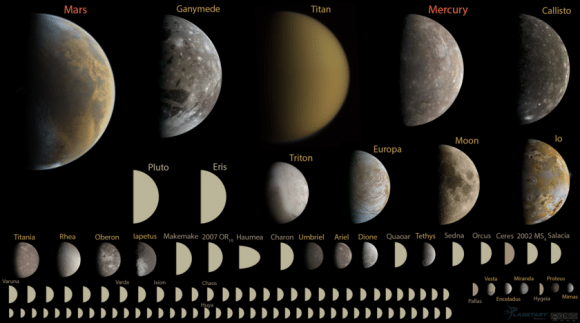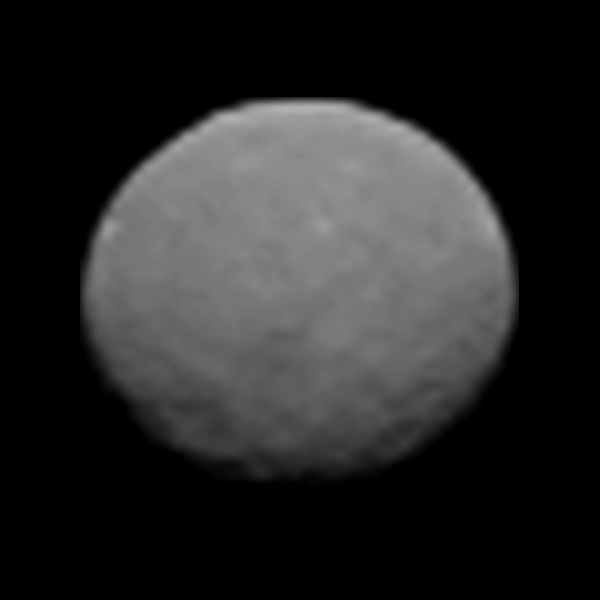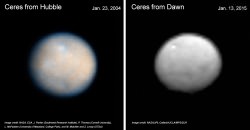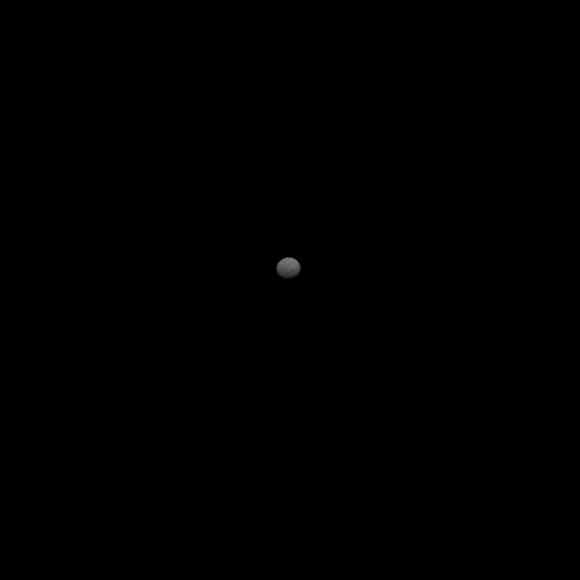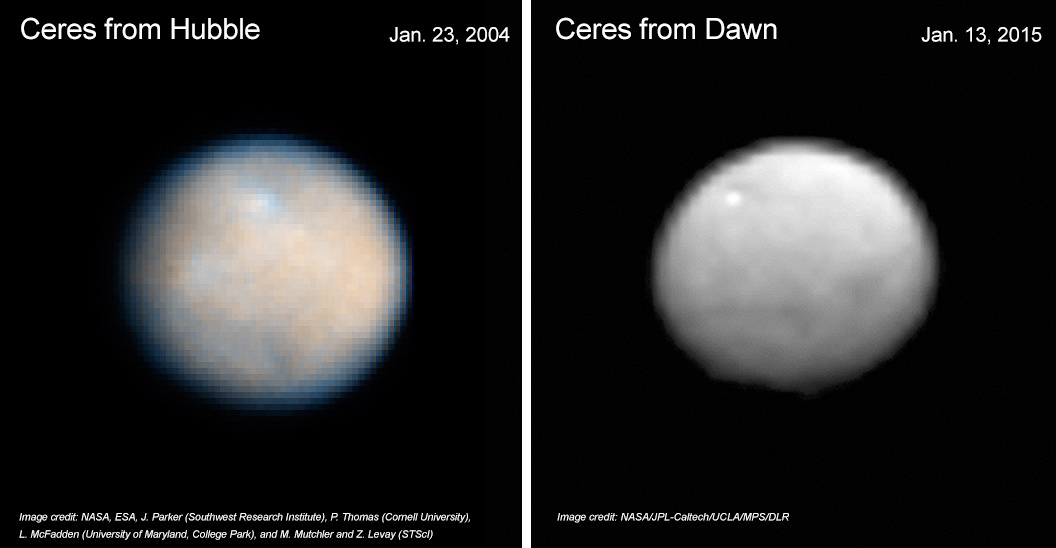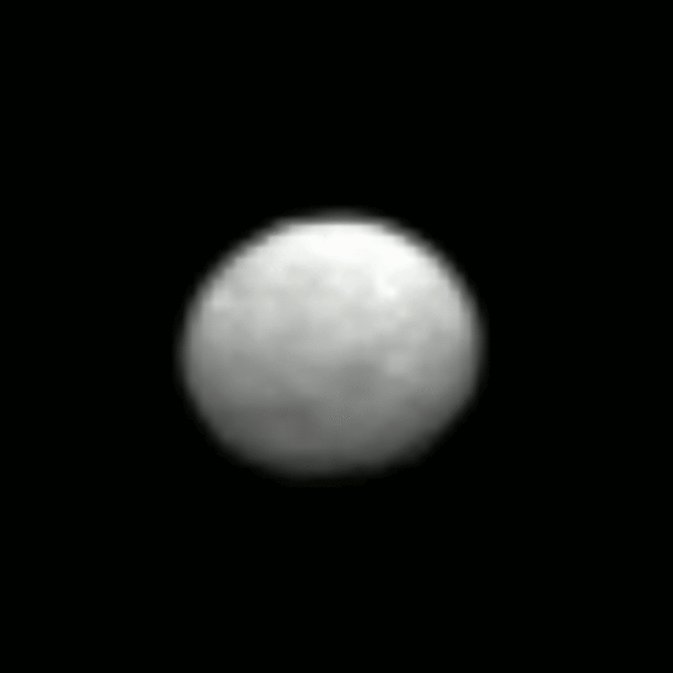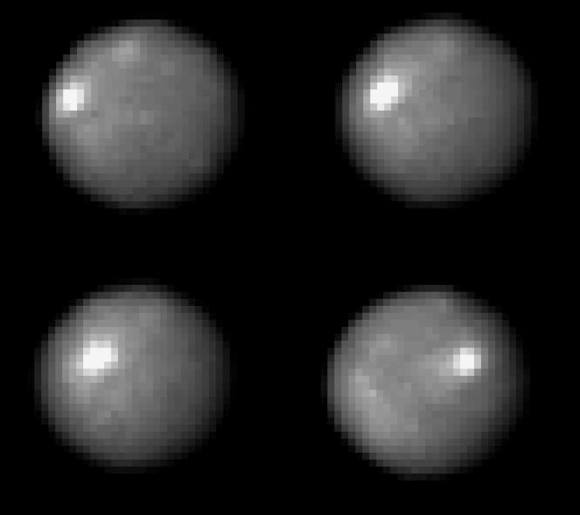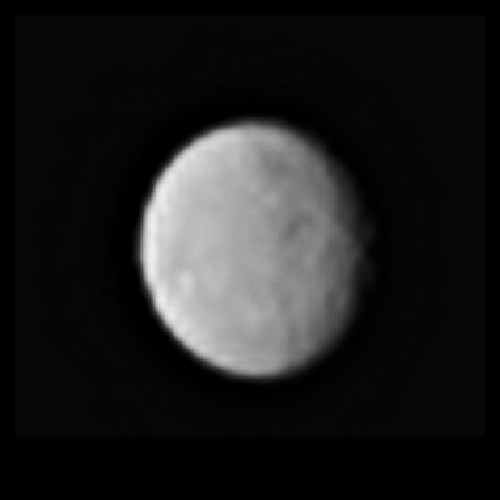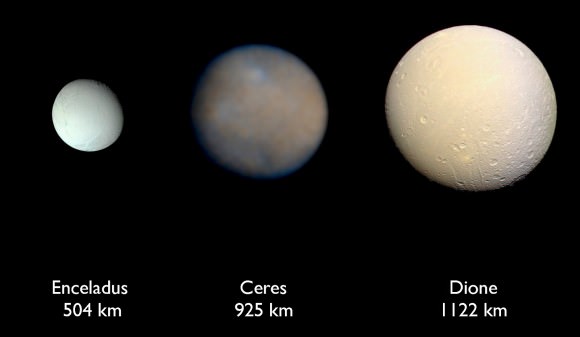A little world is making big headlines in 2015. NASA’s Dawn spacecraft entered orbit around 1 Ceres on March 6th, 2015, gaving us the first stunning images of the ~900 kilometre diameter world. But whether you refer to Ceres as a dwarf planet, minor planet, or the king of the asteroid belt, this corner of the solar system’s terra incognita is finally open for exploration. It has been a long time coming, as Ceres has appeared as little more than a wandering, star-like dot in the telescopes of astronomers for over two centuries since discovery.
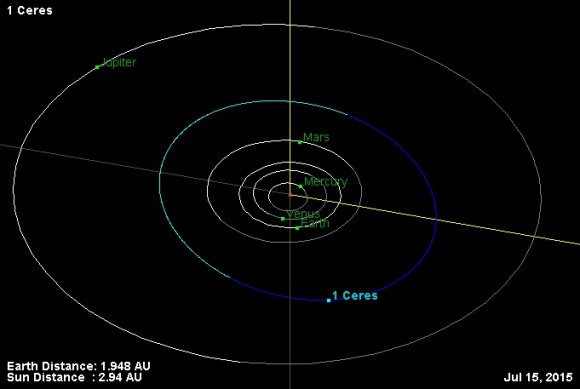
And the good news is, you can observe Ceres from your backyard if you know exactly where to look for it with binoculars or a small telescope. We’ll admit, we had an ulterior motive on pulling the trigger on this post three months prior to opposition on July 24th, as Dawn will soon be exiting its ‘shadow phase’ and start unveiling the world to us up close. The first science observations for Dawn begin in mid-April.
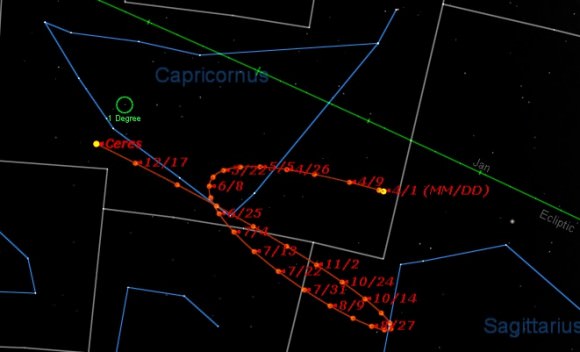
Ceres spends all of 2015 looping through the constellations of Capricornus, Microscopium and Sagittarius. This places it low to the south for northern hemisphere observers on April 1st in the early morning sky. Ceres will pass into the evening sky by mid-summer. Ceres orbits the Sun once every 4.6 years in a 10.6 degree inclination path relative to the ecliptic that takes it 2.6 AU to 3 AU from the Sun. The synodic period of Ceres is, on average, 467 days from one opposition to the next.
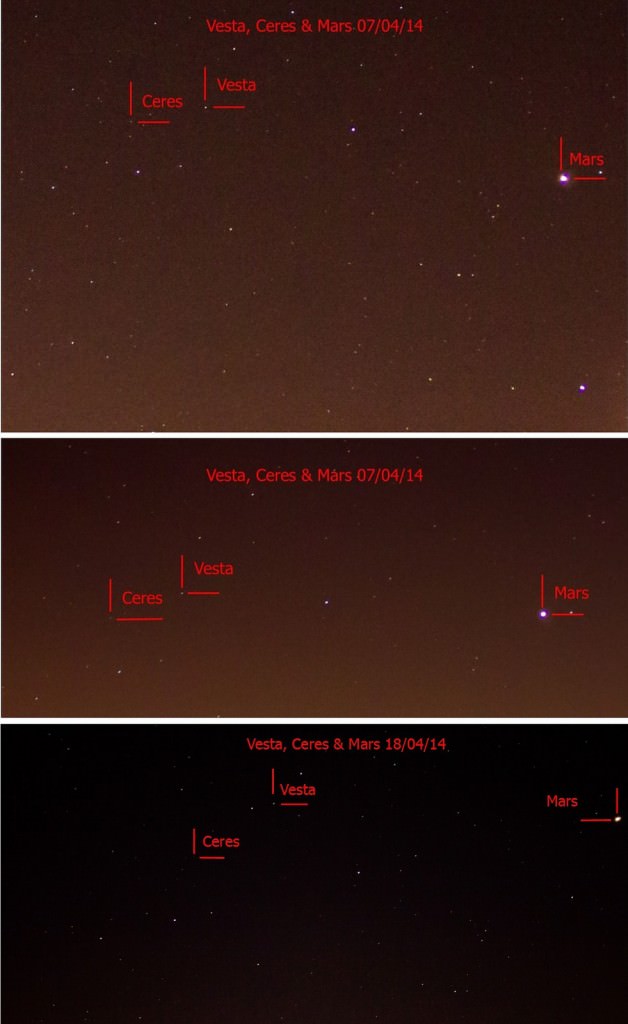
Shining at magnitude +8, April 1st finds Ceres near the Capricornus/Sagittarius border. Ceres can reach magnitude +6.7 during a favorable opposition. Note that Ceres is currently only 20 degrees east of the position of Nova Sagittarii 2015 No. 2, currently still shining at 4th magnitude. June 29th and November 25th are also great times to hunt for Ceres in 2015 as it loops less than one degree past the 4th magnitude star Omega Capricorni.
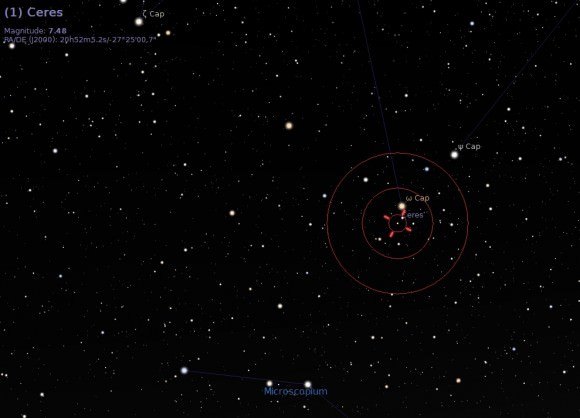
You can nab Ceres by carefully noting its position against the starry background from night to night, either by sketching the suspect field, or photographing the region. Fans of dwarf planets will recall that 1 Ceres and 4 Vesta fit in the same telescopic field of view last summer, and now sit 30 degrees apart. Ceres is now far below the ecliptic plane, but will resume getting occulted by the passing Moon on February 3rd, 2017.

Ceres was discovered by Giuseppe Piazzi on the first day of the 19th century on January 1st, 1801. Ceres was located on the Aries/Cetus border just seven degrees from Mars during discovery. Piazzi wasn’t even on the hunt for new worlds at the time, but was instead making careful positional measurements of stars with the 7.5 centimetre Palermo Circle transit telescope.

At the time, the discovery of Ceres was thought to provide predictive proof of the Titus-Bode law: here was a new planet, just where this arcane numerical spacing of the planets said it should be. Ceres, however, was soon joined by the likes of Juno, Pallas, Vesta and many more new worldlets, as astronomers soon came to realize that the solar system was not the neat and tidy place that it was imagined to be in the pre-telescopic era.
To date, the Titus-Bode law remains a mathematical curiosity, which fails to hold up to the discovery of brave new exoplanetary systems that we see beyond our own.

The view from Ceres itself would be a fascinating one, as an observer on the Cererian surface would be treated to recurrent solar transits of interior solar system worlds. Mercury would be the most frequent, followed by Venus, which transits the Sun as seen from Ceres 3 times in the 21st century: August 1st, 2042, November 19th, 2058 and February 13th 2068. Mars actually transits the Sun as seen from Ceres even earlier on June 9th, 2033. Curiously, we found no transits of the Earth as seen from Ceres during the current millennium from 2000 to 3000 AD!
From Ceres, Jupiter would also appear 1.5’ in diameter near opposition, as opposed to paltry maximum of 50” in size as seen from the Earth. This would be just large enough for Jupiter to exhibit a tiny disk as seen from Ceres with the unaided eye. The four major Galilean moons would be visible as well.
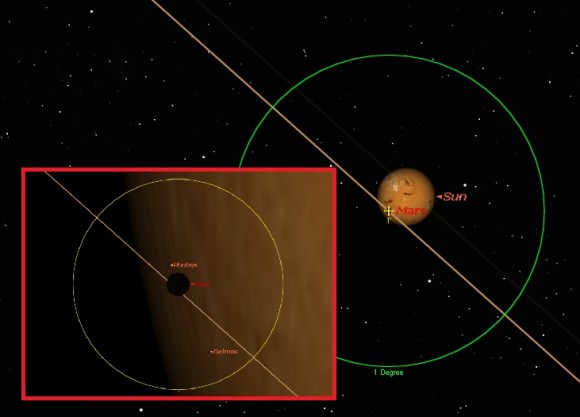
The mysteries of Ceres beckon. Does the world harbor cryovolcanism? Just what are those two high albedo white dots? Are there any undiscovered moons orbiting the tiny world? If a fair amount of surface ice is uncovered, Ceres may soon become a more attractive target for human exploration than Mars.
All great thoughts to ponder, as this stellar speck in the eyepiece of your backyard telescope becomes a brand new world full of exciting possibilities.

